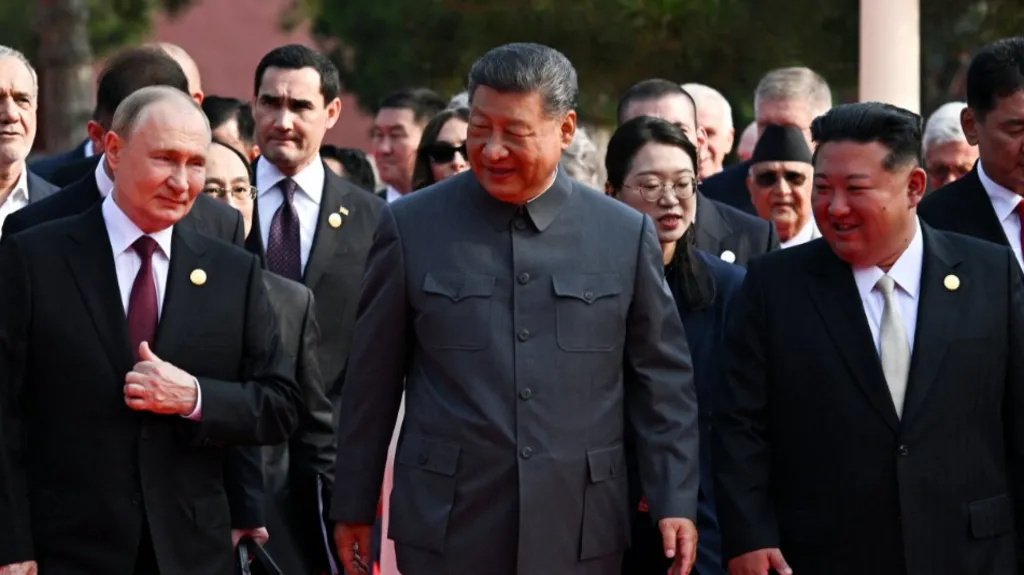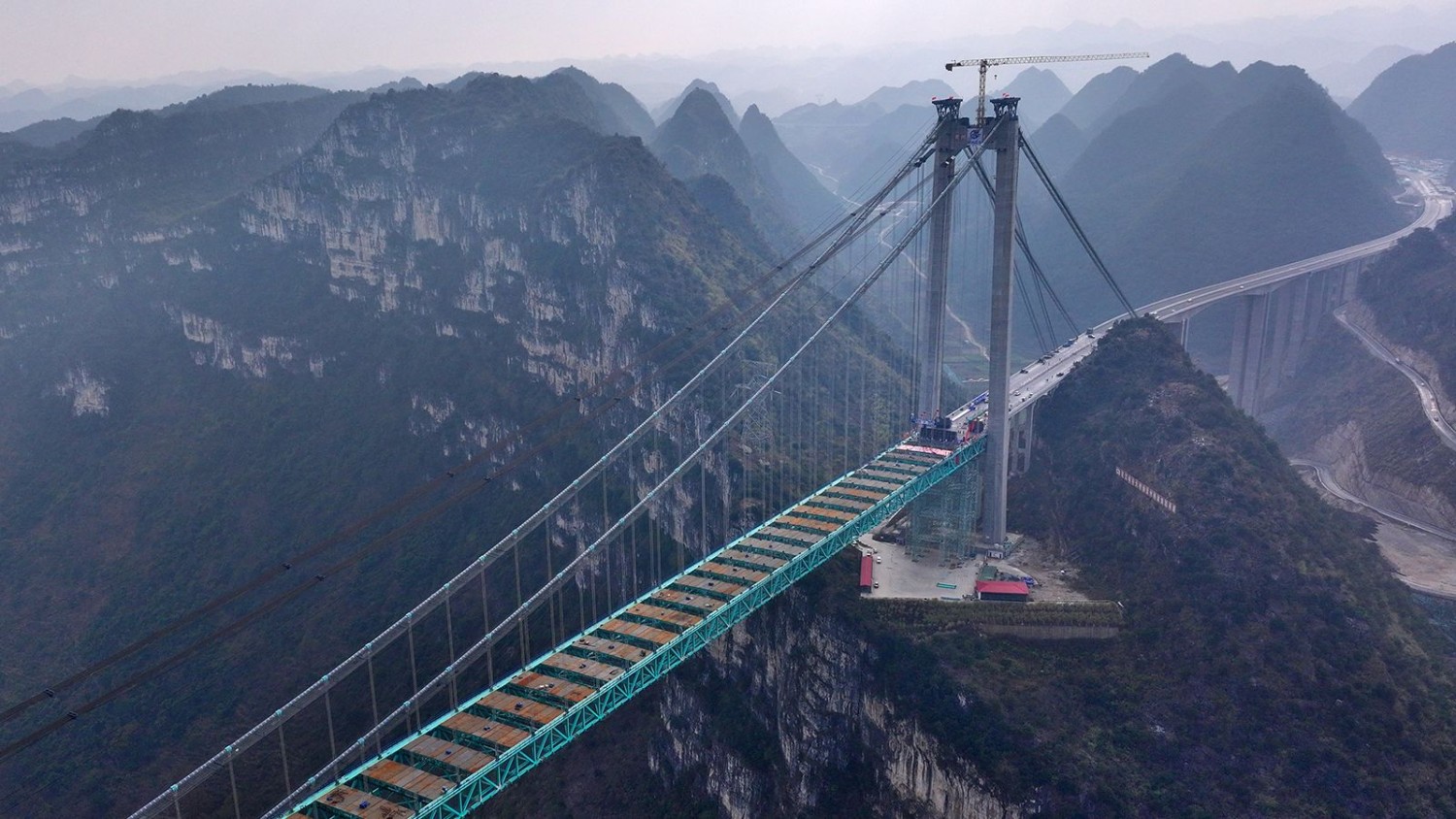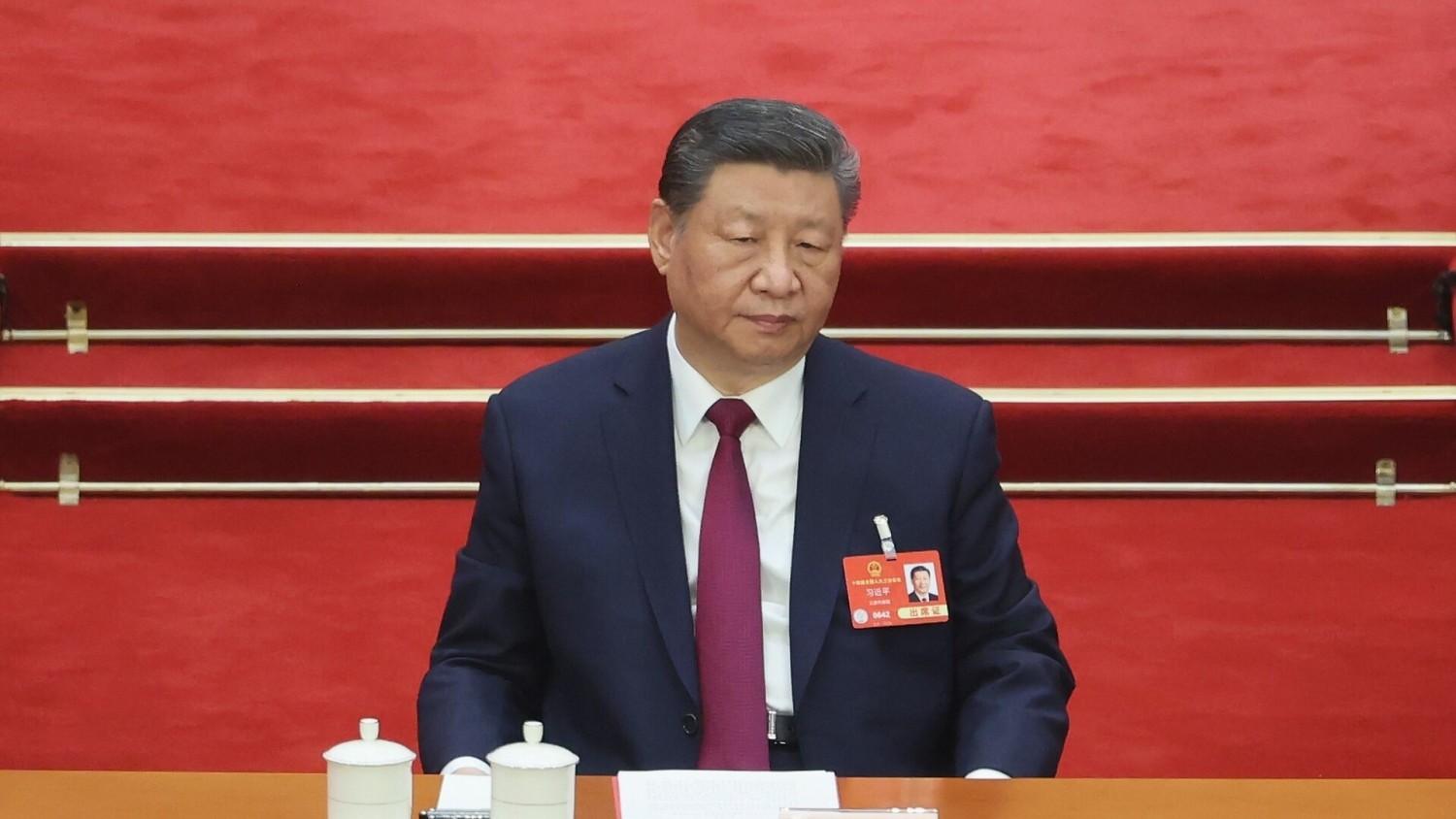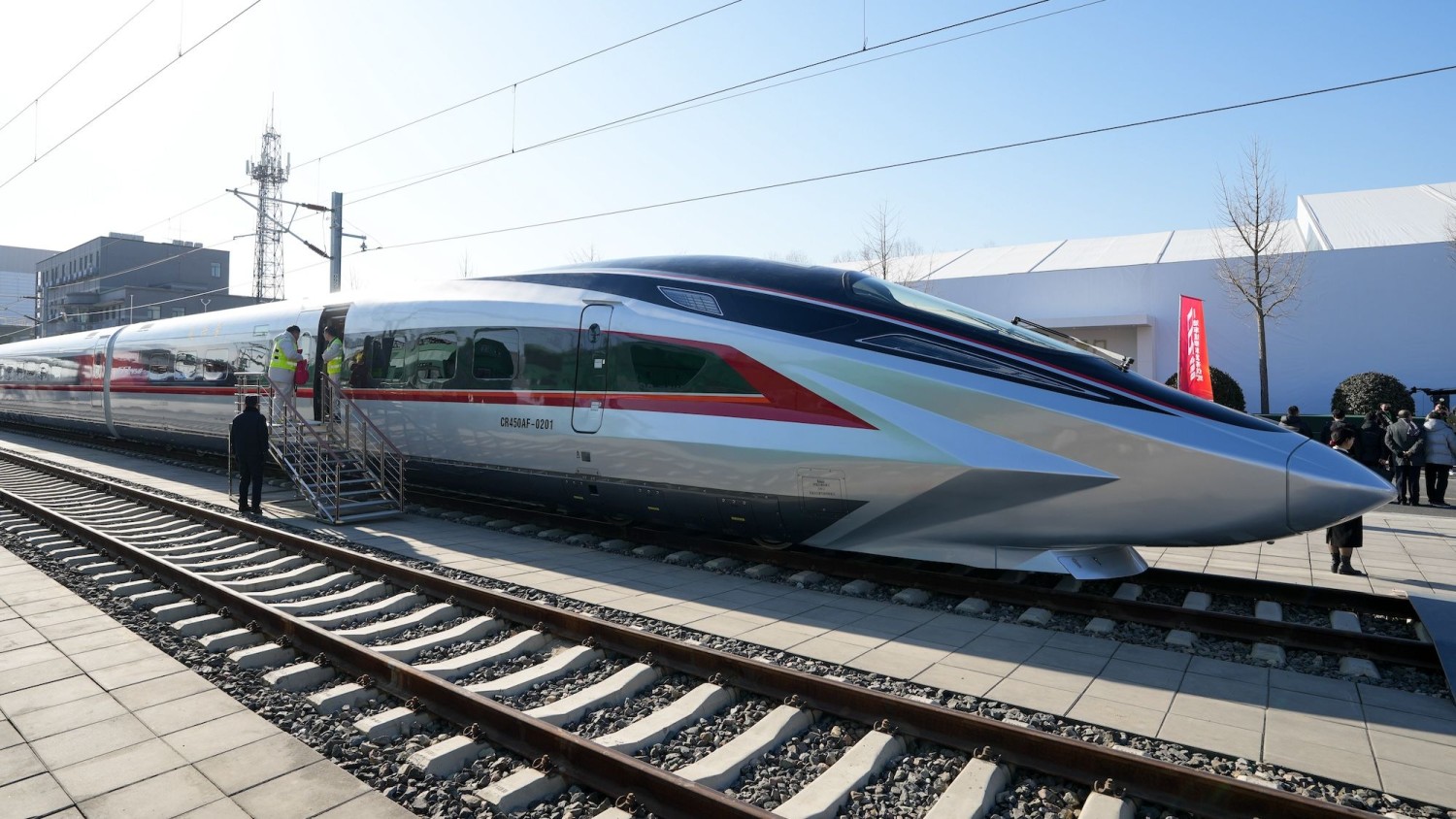
This article is more than
9 year oldOUT OF CONTROL: How a war against China would unfold
Beijing insisted it only did so in response to recent US ‘freedom of navigation’ exercises in the South China Sea.
Either way, it represents a serious military escalation in the tit-for-tat game of diplomatic brinkmanship being played out to Australia’s north.
It’s all part of a game of wedge-politics Beijing hopes will turn the South China Sea into its own personal lake within 15 years, a recent report by the Center for Strategic International Studies concluded.
It’s also a prospect that has a growing number of international affairs ‘think tanks ‘examining just what war in the region could look like.

Now Beijing suddenly claimed the lot.
It’s all about the so-called ‘nine-dash line’, a nominal boundary it has drawn in the water stretching some 2000km from China’s shores.
As its diplomats wrangled on the international stage, Beijing quietly sent its engineers into the contested waters to build a network of artificial islands. What were tidal reefs are now military bases, fortresses from which Beijing can proclaim ownership over surrounding resources.
But it’s the game of diplomatic brinkmanship that has the world on edge.
BACKGROUNDER: The land-grab that has Asia up in arms
“We must develop our weaponry and raise the standards of treatment for military personnel, only then will we be able to really strengthen our strategic combat effectiveness. Then no enemy will dare to bully us,” said Lieutenant General Zhong Zhiming following the announcement of a 10 per cent boost to military spending last year.
Beijing says the Court of Arbitration’s ruling on the legitimacy of its artificial islands to be an example of such bullying.
“The Chinese people do not want to have war,” Chinese vice foreign minister Liu Zhenmin said earlier this year. “We will be opposed to [the] US if it stirs up any conflict … if the Korean War or Vietnam War are replayed, then we will have to defend ourselves.”

TIES THAT BIND
Analysts are pointing out fundamental similarities between current events and historical war-generating scenarios.
Sparta’s fear of the rise of Athens made war inevitable. Global discomfort with Germany’s growing economic and military influence produced two World Wars.
There is little doubt that China’s rapid growth in economic and military might, and its willingness to flex it, has unsettled the prevailing order of things.
But there is hope: One notable clash of empires — the US-Soviet Cold War — avoided a shooting conflict. But that was due to the prospect of nuclear war.
Does such a fear still hold sway?
The presences of potential flashpoints are not in doubt.
The United States is bound to come to the assistance of its former protectorate the Philippines under a 1951 mutual defence treaty. So any aggressive action by Beijing to claim Scarborough Shoal, just 220km off the mainland, could become a trigger.
It’s a similar story with Japan. Washington signed a mutual defence pact in 1951 to shore-up Tokyo’s post-World War II pacifist constitution. And Beijing believes the Senkaku/Diaoyu islands, claimed by Japan, are rightfully its.
Similar US promises are in place to protect the interests of South Korea and Taiwan, and many other nations on the edges of this dispute.
The Court of Arbitration ruling that backs-up national claims under the United Nations Convention on the Law of the Sea will place pressure on the United States to uphold its word.

POINT OF NO RETURN
The game of diplomatic brinkmanship is a dangerous one. Especially when played out at sea or in the air.
In 2001 a Chinese fighter jet collided with a US surveillance aircraft over the South China Sea. The fighter crashed, killing its pilot, while the US aircraft was forced to make an emergency landing on China’s Hainan Island. Its 24-man crew were held prisoner for 11 days.
Such an incident now would likely spark an intense diplomatic crisis.

The RAND Corporation recently ran just such a scenario with the Foreign Policy Group.
It looked at the dispute over the Senkaku/Diaoyu islands in the East China Sea. It traced the fallout from a fictional chain of events sparked when Japanese ultranationalist plant a flag on one of the rocky outcrops. The scenario rapidly degenerated into a series of escalations, including China’s deployment of warships to arrest the activists.
Neither side backs down.
Accidents happen.
Shots are fired.
Every move made by Tokyo is met by a counter-escalation by Beijing. And vice-versa.
Japan eventually invokes its 1951 mutual defence treaty with the United States.
But it’s not a scenario limited to Japan. It could easily be applied to Scarborough Shoal.
Beijing’s artificial islands have built up its ability to project power across the nine-dash line in a way that was not possible from the mainland or Hainan Island. But Scarborough Shoal, currently held by the Philippines, remains strategically significant as a stepping stone to an area otherwise outside of China’s missile or combat aircraft range.
Then there is the contested ownership of the Spratley Islands, or one of any number of other contested reefs.

AT SEA
The RAND Corporation projected a fatal clash between a Chinese coast guard vessel and protesting Japanese trawlers near the Senkaku/Diaoyu Islands as being the flashpoint for its war game.
Ultimately the inability of Beijing, Tokyo and Washington to back down in the face of public and international pressure that makes conflict inevitable.
Eventually, in this scenario, Japanese submarines sink the Chinese coast guard ships in retaliation.
Beijing’s projected response: an enormous cyber-attack on US, Japanese and Asian electrical and essential services networks, followed-up by wave after wave of conventionally armed missile strikes against key Japanese military facilities.
The scenario predicts early heavy losses for the Japanese navy. This would likely also apply to any other Asian nation drawn into conflict with their few older and less capable vessels.
Soon only missile-armed submarines remain in the conflict zone.

According to the RAND Corporation: “US missiles rain down on the Chinese homeland; Japanese commercial freighters explode on the high seas; China’s shiny new navy is quickly shrinking under relentless undersea attacks. In reprisal, Chinese forces obliterate Kadena Air Base on Okinawa and take a potshot with a carrier-killer missile at the USS George Washington, damaging it and forcing it out of the area. The casualty toll is appalling on all sides, with thousands dead.”
The sobering prospect of massed missile strike was the subject of a study by the US-China Economic and Security Review Commission earlier this year. In particular, it expressed concern at the major US military hub on the Pacific island of Guam to defend itself against what could become a second Pearl Harbour-style surprise attack.
EXPLORE MORE: Are aircraft carriers obsolete?
“Such attacks could hold key US assets stationed on Guam at risk and also disrupt their region-wide response effort, slowing deployment timetables and reducing the effectiveness of US forces in the theatre,” the report reads.
Essentially, without Guam the US military’s ability to project power in and around the East and South China Seas would be greatly reduced.

IN THE AIR
Another recent analysis, this time by US air force officers, took a ‘big picture’ look at what it would take to win a war in the air above Asia.
By their rationale, published by the Mitchell Institute for Aerospace Studies, the outcome is almost entirely dependent on the availability of modern F-35 and F-22 stealth fighters.
Just 187 F-22 Raptors were built before the project was cancelled in favour of the ‘cheaper’ F-35 Lightening II. Ten years behind schedule and billions of dollars over budget, this controversial aircraft — while flying — is yet to be made combat capable.

As for older generation aircraft (with an average age now greater than 27 years) such as the F/A-18 Hornet and F-16 Falcon: “If you put a fourth (generation fighter) in there, they’re going to die,” says Major General Jeff Harrigian, co-author of the report.
In a fictitious scenario set in 2026, the USAF officers predict only these stealthy aircraft will be able to reach targets bristling with advanced anti-aircraft missiles in the South China Sea.
“Fifth generation fighters achieve most of the adversary air-to-air kills, since older fighters find themselves vulnerable to the long reach and lethality of advanced SAMs (surface-to-air missiles), keeping these fighters at a distance from the main fight,” the report predicts.
Much of the outcome will be determined in the first days of a shooting war, the authors state.
For this reason, they argue, every effort must be made to protect the stealth fighter force and its facilities. All combat aircraft would need to be dispersed in small groups among Pacific and Asian allies — but mostly within the strategically placed ‘unsinkable aircraft carrier’ of Taiwan.
DELVE DEEPER: China’s new carrier fleet to muscle its way into Asia
“Consequently, adversary planners … are unable to effectively use ballistic or cruise missile attacks to score a pre-emptive “knockout” blow against forward deployed aircraft, and fifth generation missions continue with little impact,” the report reads.
Australia is listed as a potential source of precious stealth combat jets, as well as the specialised repair and maintenance facilities needed to keep them flying.
“This effort sustains these locations for several weeks until enemy cruise and ballistic missile inventories are depleted or destroyed,” the report reads.
But an earlier 2008 war game, also conducted by the RAND Corporation, exposed a potential ‘Achilles heel’ in stealth fighter operations. These single-seat aircraft need frequent air-to-air refuelling to give them the range to reach their targets. Such huge tankers, limited in numbers, are both easy to detect and shoot down.

Ultimately, however, the outcome of any battle may be dependent on a new frontline.

SPACE / CYBERSPACE
For the first time, large-scale war will likely be fought over cyberspace.
In particular, the data-hungry combat computers aboard US-built warplanes, tanks and warships are reliant on a constant, steady stream of networked information.
Halt the flow, and the ‘brain’ becomes starved.
It’s largely a network of space-based sensor and relay satellites that keeps this stream flowing.
While space itself is an arena barred from conflict under the Outer Space Treaty of 1967, the treaty is looking increasingly shaky. China is believed to have tested a satellite-killer missile in 2007. The resulting cloud of high-speed debris still poses a threat to delicate orbital equipment.
But choking the flow of data does not need projectiles: a few well-placed pieces of malware can collapse whole networks at a strategically sensitive time.
Defending such vital, but vulnerable, links in a data network poses a serious — and as-yet largely untested — challenge.
At stake is a huge array of ‘force multiplying’ technologies, from global positioning systems for pinpoint accuracy through to high-definition spy devices.
Militaries have become highly reliant on the ability to instantly transmit massive amounts of data — such as high-resolution video — from one side of the world of the other. And it’s all the intelligence amassed by such means that must to be processed into meaningful icons transmitted into the heads-up displays of F-35 strike fighter pilots.
Pull the plug and many believe these advanced aircraft — and tanks and warships — are at risk of becoming helpless.




